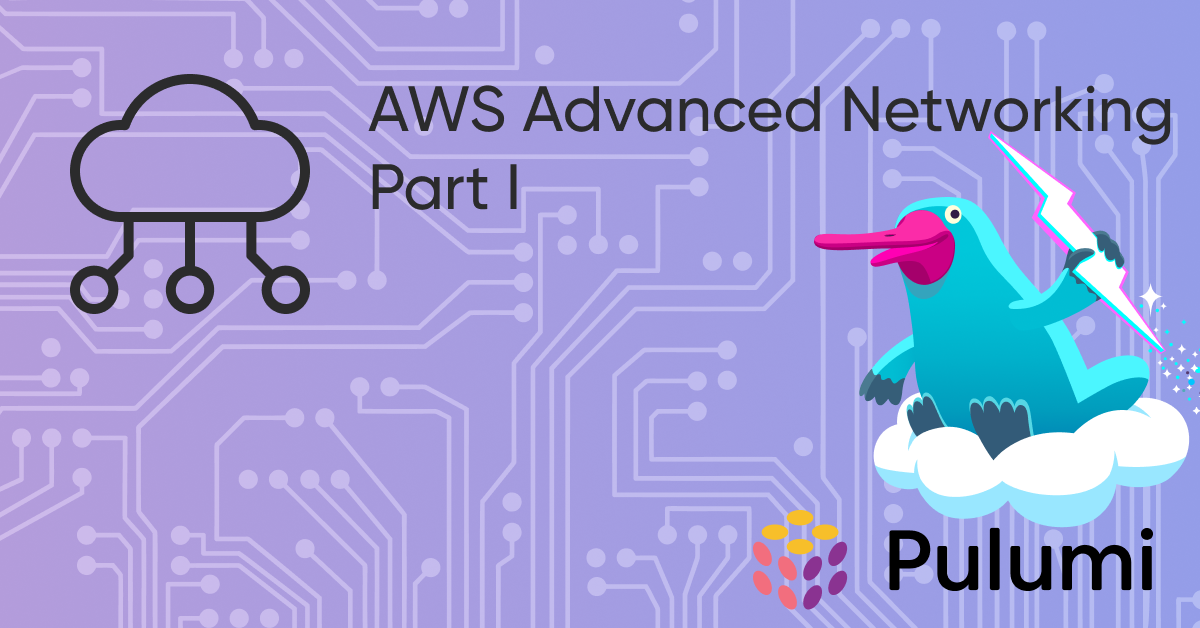Dynamic Credentials for Every AWS CLI Command: A Step-by-Step Guide to 'esc run'

In a world where cloud computing is the backbone of modern applications, managing environments and secrets is of the utmost importance. Earlier this month we released a new service called Pulumi ESC (Environments, Secrets, and Configuration), the focus of which is to help alleviate the burden of managing cloud configuration and secrets by providing a centralized way to handle these critical aspects of cloud development. It’s like having a Swiss Army knife in your toolkit, ready to tackle the challenges of cloud infrastructure. This post will highlight the specific challenge of credentials management, and we’ll specifically dive into how using the esc run functionality of Pulumi ESC will make that easier.








